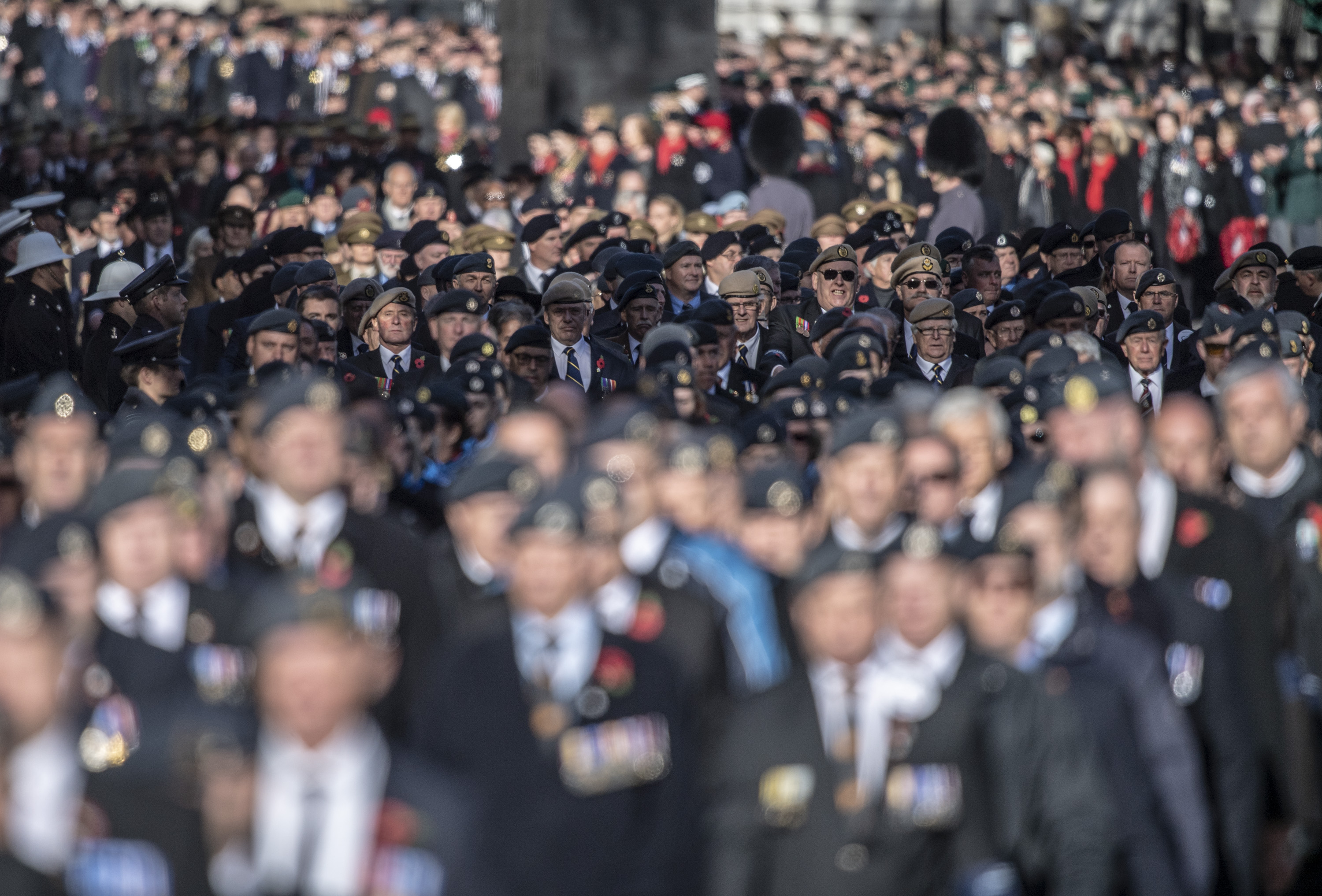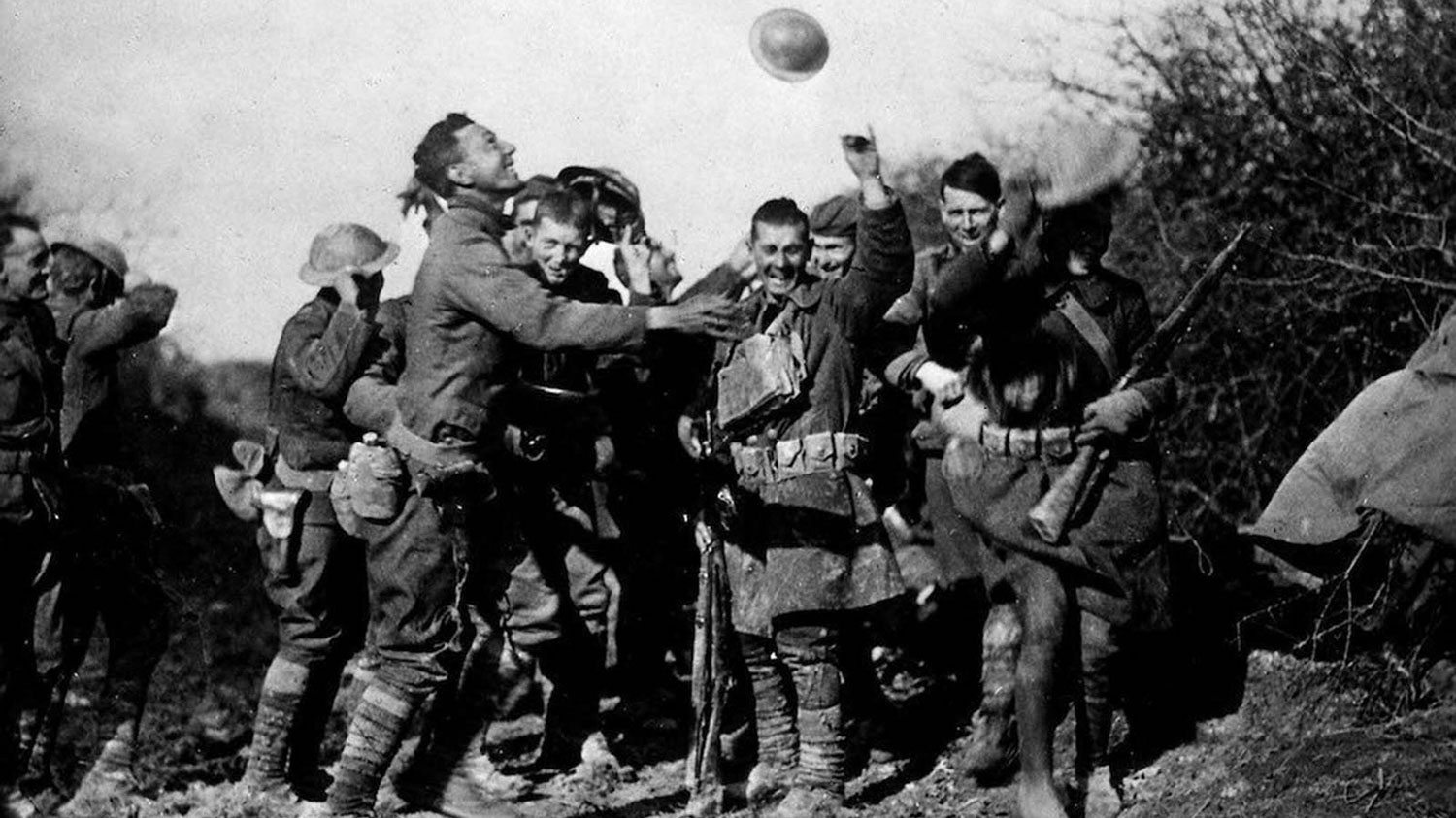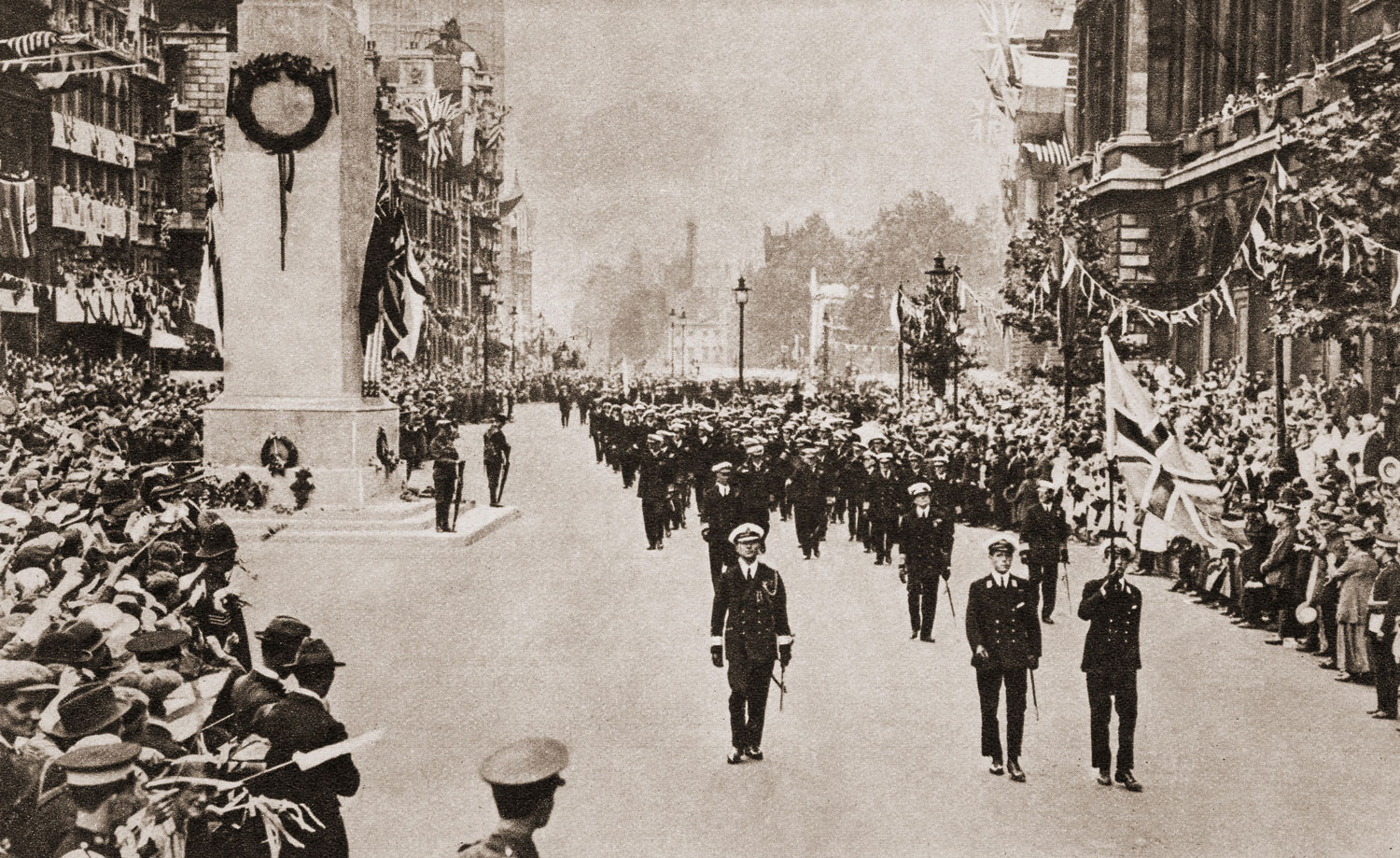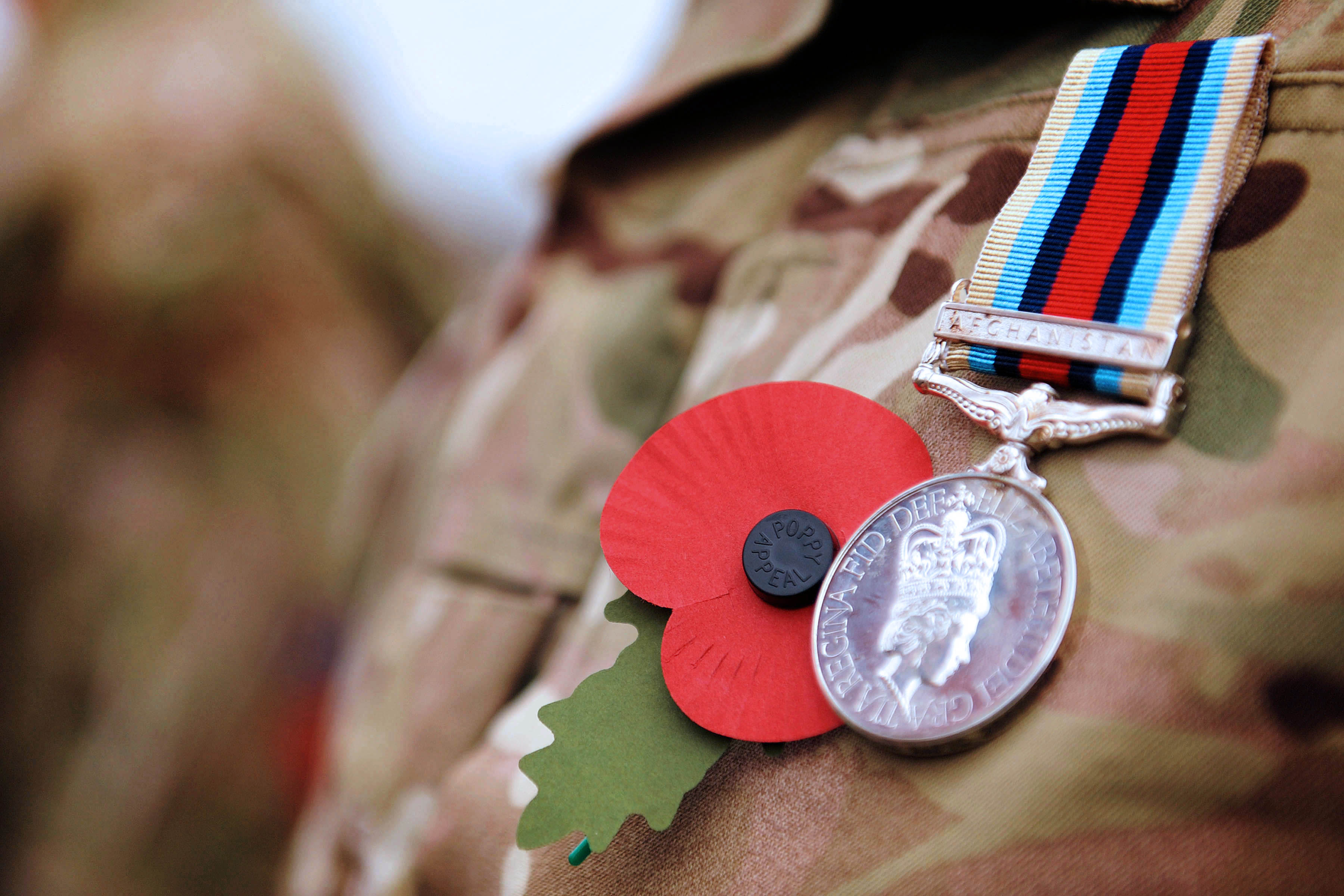
The First Remembrance Day: Then And Now

At the 11th hour of the 11th day of the 11th month in 1918, young men put down their weapons after four years of bitter and bloody conflict.
It has been 100 years since the sacrifices of those who gave their lives for their country were formally recognised but what did remembrance look like then?
When Did Remembrance Commemorations Begin?
The First World War had taken the lives of 20 million* serving personnel and civilians and wounded 21 million.
When the guns stopped firing, many who were on the Western Front couldn't believe the news that an armistice had been agreed and that fighting would end.
Of this moment in history the Imperial War Museum writes: "At the front, reactions to news of the Armistice varied from euphoria to indifference.
"Many soldiers were too emotionally and physically exhausted to take in the enormity of the event.
"Others were sceptical about the war ending so suddenly and found it difficult to believe that the fighting would not resume at some point."
Initially, only a ceasefire of 36 days was put in place but after that period there was no more fighting.
The peace treaties which officially brought about the end of the First World War were not signed until 1919.
The first Remembrance commemoration was conducted in 1919 throughout Britain and the Commonwealth with King George V marking Armistice Day at Buckingham Palace.
The Cenotaph in Whitehall – which is now the focus of national commemorations at Remembrance – was at first a temporary structure.
It was made permanent with a new structure created out of Portland Stone in 1920, the beginnings of an annual tradition of laying wreaths at the landmark.
The red poppy was adopted as a symbol of remembrance by the Royal British Legion in 1921 and inspired by the poem In Flanders Fields by John McCrae.

Why Do We Hold A Two-Minute Silence?
To mark the devastating loss and sacrifice endured by the Allied forces, Buckingham Palace held the first Armistice Day on 11 November 1919.
As a mark of respect there was also a two-minute silence, a tradition still upheld by Commonwealth countries 100 years later.
The first two-minute silence took place on 11 November 1919 with the majority of people across the country observing the silence.
That tradition began after King George V issued a proclamation in 1919, calling on the nation to observe the silence that November.

The First Remembrance Sunday
In 1939, the act of remembering those who had made the ultimate sacrifice during conflict became formalized.
At the start of the Second World War, it was decided that a day of remembrance would be held on the Sunday nearest to 11 November so that those wishing to pay their respects could do so without affecting wartime production.
With the outbreak of the Second World War, it was decided that an Armistice Day commemoration would not be held on November 11 of that year in 1939.
A 'day of dedication' would be held instead on a proximate Sunday and this lasted the course of the Second World War.
Following the war, the government decided on a new Sunday observance, known ever since as Remembrance Sunday, to honour those who gave their lives in both world wars.
Remembrance Sunday And Armistice Day
Today we mark Remembrance Sunday and Armistice Day in a variety of different ways.
Wreaths made by The Royal British Legion at The Poppy Factory are laid at war memorials and the iconic poppy is worn as a mark of respect and to raise money to help support the Armed Forces community.

The National Service Of Remembrance is broadcast on the BBC and features members of the royal family and politicians paying their respects plus a march past the Cenotaph by veterans.
The Cenotaph in Whitehall, London, has played host to the National Service Of Remembrance since it was unveiled in 1920.
Over time the Portland stone war memorial has become the focal point for all who have given their lives in conflict since the First World War.
Many places of work and schools actively encourage taking part in the two-minute silence during which people take time to remember the sacrifice of those who have fought in all conflicts.
* Figures according to the 2007-2008 annual report World War I casualties, the Virtual Centre for Knowledge on Europe.









